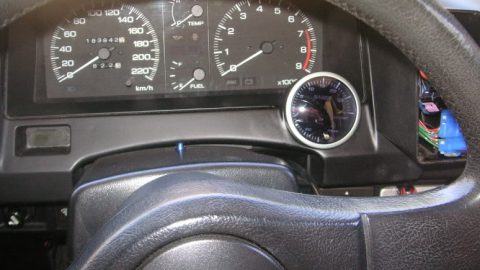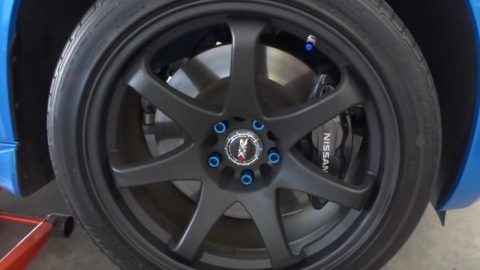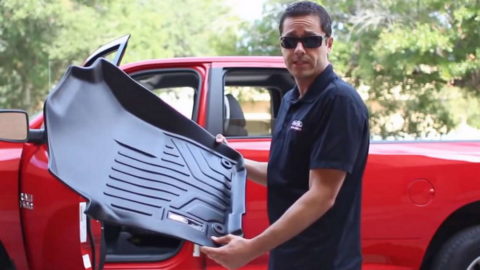Brake maintenance is crucial for vehicle safety, especially before the winter season in the USA and Canada. This article will delve into the importance of maintaining brake pads, rotors, and other brake components during this time.
Understanding Brake Components
Brake Pads and Rotors: Brake pads and rotors are essential components of the braking system. They work together to create friction, slowing down your vehicle. In winter, these parts can be severely tested due to icy roads and increased moisture. Regular inspection ensures that they are not worn down or damaged, which could impair braking performance.
Other Components: Besides pads and rotors, the braking system includes calipers, brake lines, and fluid. Winter conditions can cause these parts to contract or freeze, leading to brake failure. Therefore, it’s crucial to check for leaks, wear, and adequate fluid levels to maintain optimal functionality.
 The Impact of Cold Weather
The Impact of Cold Weather
Temperature Effects: Cold temperatures can significantly impact brake performance. Components like brake fluid can thicken in the cold, leading to less responsive braking. Also, metal parts like rotors can become brittle in freezing temperatures, increasing the risk of cracking or warping.
Snow and Ice Challenges: Snow and ice can accumulate around brake components, leading to reduced effectiveness. This accumulation can prevent the brake pads from making full contact with the rotors, thus diminishing the vehicle’s stopping power. Regular cleaning and inspections are essential in these conditions.
Safety Considerations
Stopping Distance: In winter, stopping distances can increase dramatically, especially on icy or wet roads. Well-maintained brakes are essential to ensure that your vehicle can stop effectively in these conditions. Neglecting brake maintenance can lead to longer stopping distances, increasing the risk of accidents.
Accident Prevention: Proper brake maintenance is a key factor in preventing accidents during winter. Effective brakes allow for better control and handling, which is especially important on slippery roads. Regular maintenance ensures that all components work correctly, providing maximum safety.
Cost-Effective Maintenance
Preventive Care: Regular maintenance of brake components can be cost-effective in the long run. Addressing issues like worn pads or leaky lines before they worsen can prevent more expensive repairs in the future. Winter conditions can exacerbate minor problems, making early detection and repair vital.
Long-Term Benefits: Investing in quality brake maintenance before winter not only ensures safety but also prolongs the lifespan of your vehicle’s braking system. Make sure to shop for brake pads and rotors only in places that guarantee genuine parts, like https://www.allrotors.com/. Regular checks and replacements can save money on extensive repairs and contribute to the overall health of your vehicle.
Professional Inspection and Service
- Expert Evaluation: Before winter sets in, it’s advisable to have your brakes inspected by a professional. Mechanics have the expertise to assess the condition of brake components accurately and can recommend necessary repairs or replacements. This ensures that your vehicle is well-prepared for winter conditions.
- Quality Service: Professional service ensures that your brakes are maintained to the highest standard. Technicians can identify potential issues that might not be obvious to the average driver and can use quality parts for any replacements needed. This professional attention guarantees the reliability and safety of your brakes in winter.
Brake maintenance is an integral part of preparing for winter driving in the USA and Canada. Regular inspection and upkeep of brake pads, rotors, and other components are essential for safe and effective braking in harsh winter conditions. By understanding the impact of cold weather, prioritizing safety, opting for cost-effective maintenance, and seeking professional service, drivers can ensure their vehicle is equipped to handle winter roads safely and efficiently.








